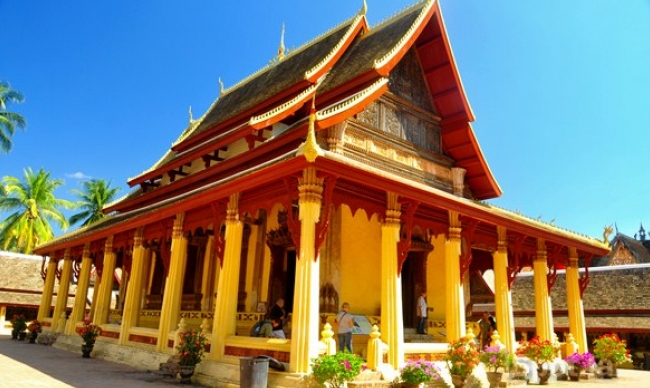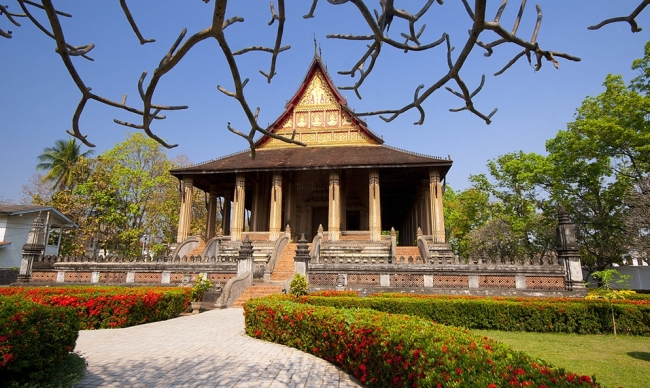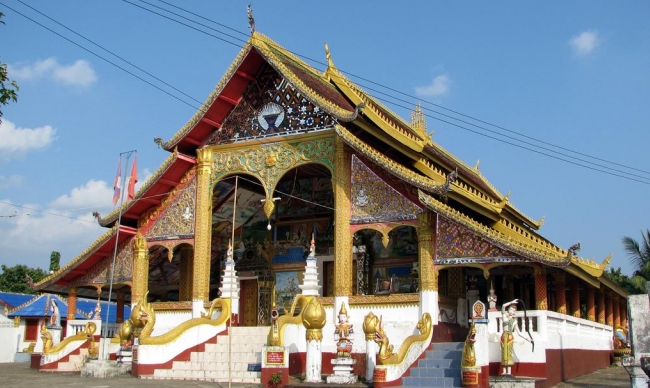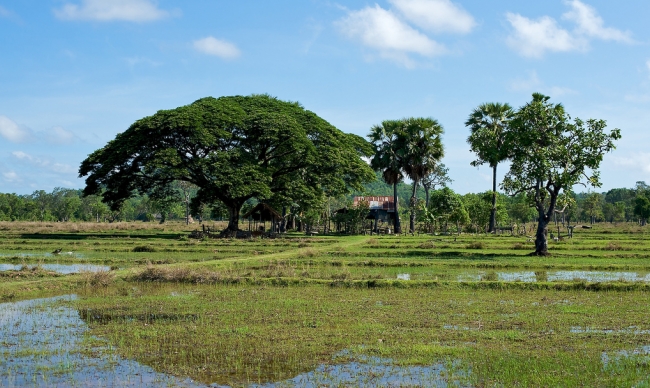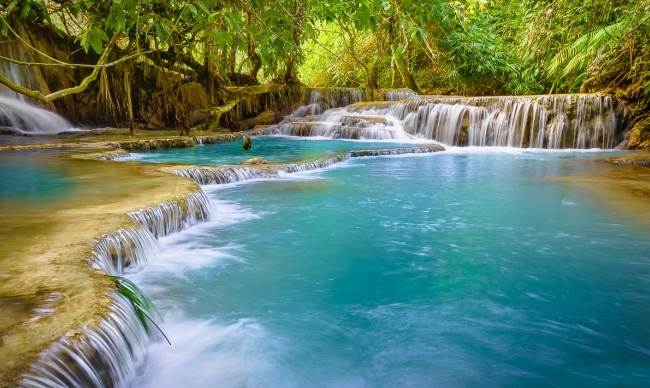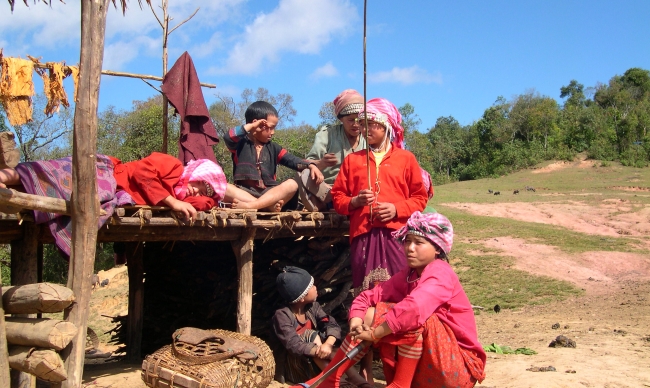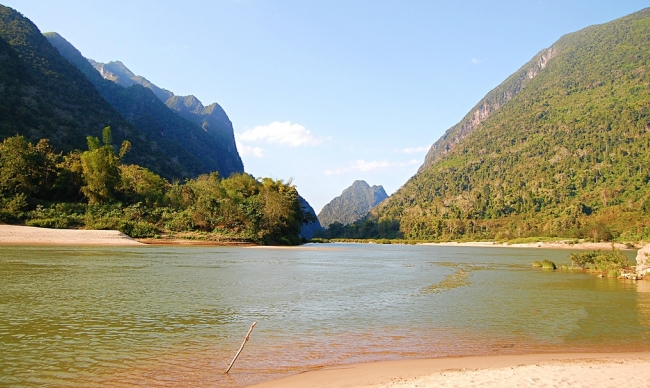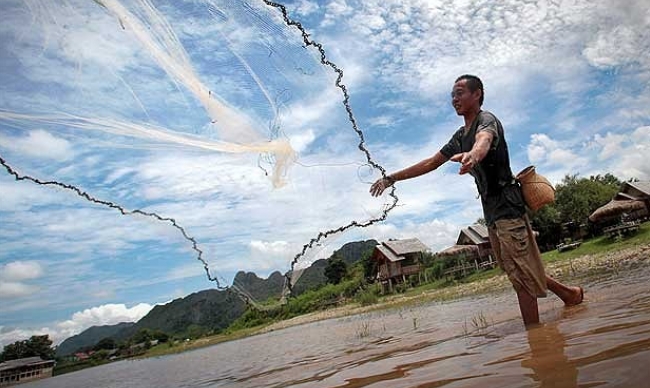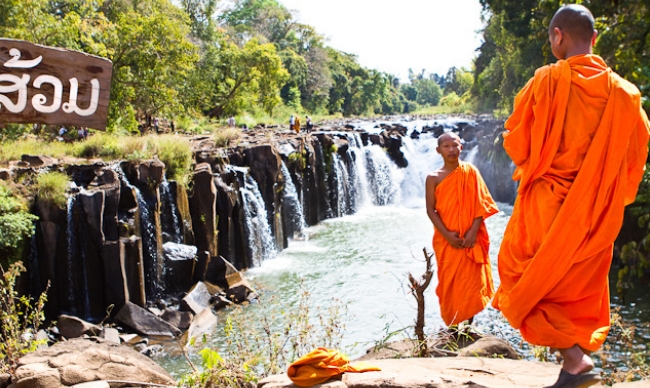Located to the northwest of Haw Phra Kaew near the Presidental Palace, Wat Sisaket is considered as Vientiane's oldest surviving monastery. It is a Buddhist wat and one of most important temples in Laos. Wat Sisaket is famous for its cloister wall on which more than 2000 thousand tiny ceramic and silver Buddha statues in various sizes and postures and rows with hundreds of seated Buddhas from the 16th to the 19th century were situated.
Located to the northwest of Haw Phra Kaew near the Presidental Palace, Wat Sisaket is considered as Vientiane’s oldest surviving monastery. It is a Buddhist wat and one of most important temples in Laos. Wat Sisaket is famous for its cloister wall on which more than 2000 thousand tiny ceramic and silver Buddha statues in various sizes and postures and rows with hundreds of seated Buddhas from the 16th to the 19th century were situated.
Wat Sisaket was built by King Anouvong, the last king of Lan Xang Kingdom in 1818. It was built in the Siamese style of Buddhist architecture which perhaps saved it from the destruction that came with the Siamese armies in 1828. It was restored by the French in 1924 and again in 1930. Wat Sisaket is not only famous for the cloister wall but also for early Bangkok-style architecture mixed with its own unique style and layout with history dated back to 1818. There are also a lot of interesting features as its lovely surrounding verandas, an ornate five-tiered roof, a drum tower, a small library building with Burmese-style roof and the flowered ceiling of the ordination hall. The ordination hall is at the center of the cloister. Inside the hall, the walls are painted at eye level with scenes from the jataka, a series of stories about the past lives of the Buddha. The west of the cloister is the former library, and behind the library is a dirt path lines with small stupa occupying the ashes of cremated temple devotees. The grounds are richly planted with a variety of vegetation lovingly tended, so it has also become a relaxing retreat.
